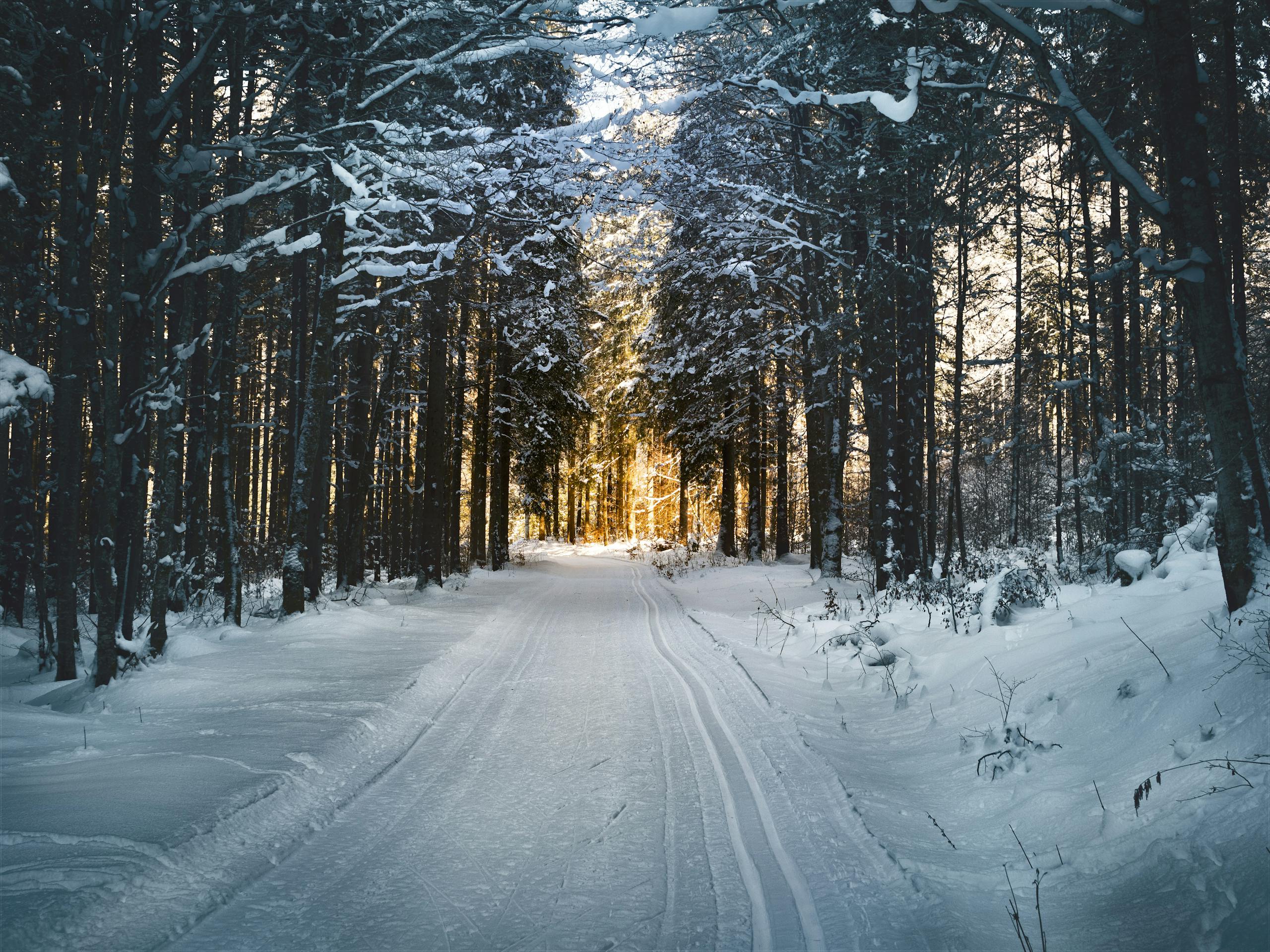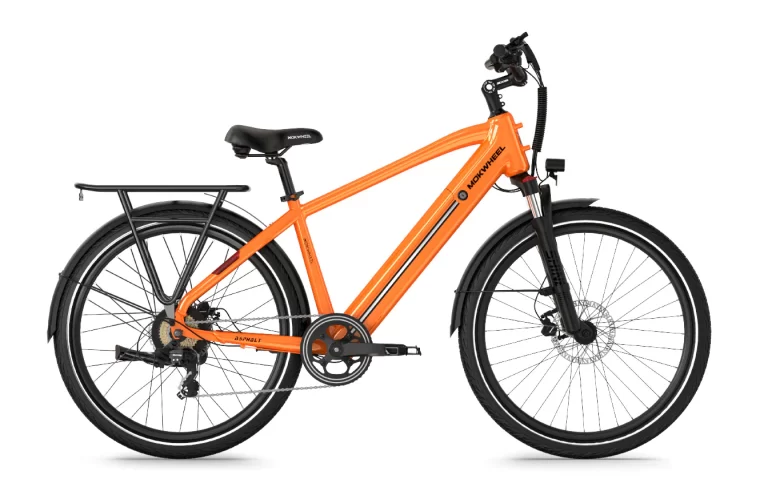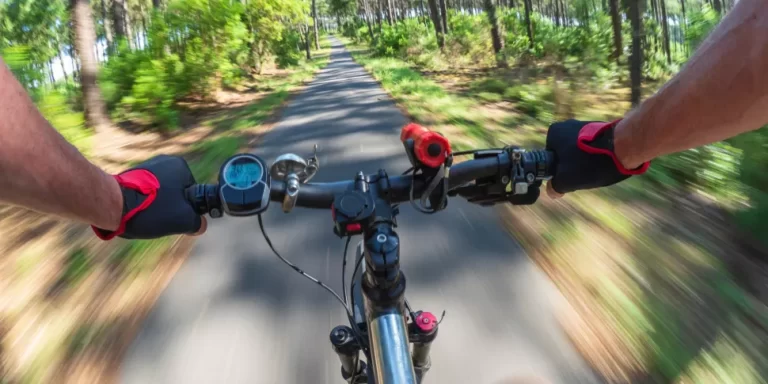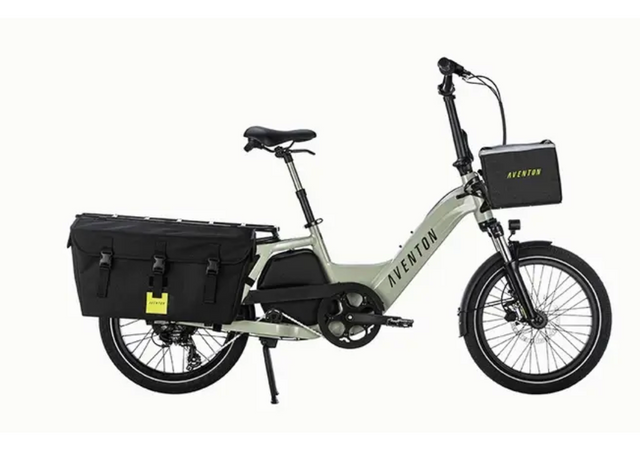Conquer the Winter Roads: A Guide to Riding Electric Bikes in Cold Weather
Last Updated on October 18, 2024 by Kristina Grant
Electric bikes have revolutionized the way we commute and explore. A recent study by the International Energy Agency (IEA) found that global sales of electric vehicles, including electric bikes, have skyrocketed in recent years. This surge in popularity has led many to wonder if electric bikes can be a viable transportation option during the winter season.
In this comprehensive guide, we’ll look into the world of electric bike winter riding, exploring the challenges, benefits, and essential tips to ensure a safe and enjoyable experience.
Challenges of Riding Electric Bikes in Winter
Riding an electric bike in winter can be different from riding in warmer weather. Here are some of the main challenges you might face:
- Cold Weather and Battery Life: Cold temperatures can significantly reduce the range of an electric bike battery. A study by the National Renewable Energy Laboratory (NREL) found that battery capacity can decrease by up to 30% in freezing temperatures. This means you might not be able to go as far on a single charge.
- Slippery Roads: Snow, ice, and freezing rain can make roads treacherous, increasing the risk of accidents for cyclists.
- Limited Visibility: Winter weather can often reduce visibility, making it difficult for drivers and pedestrians to see cyclists.
Riding on Snow and Ice
Riding on snow and ice can be particularly challenging for electric bike riders. Here are some specific tips and recommendations to help you navigate these conditions safely:
- Tire Selection:
- Winter Tires: These tires have a deeper tread pattern and are designed to provide better traction on snow and ice. Look for tires with a high silica content, which can improve grip in cold temperatures.
- Studded Tires: For extreme winter conditions, studded tires offer the best traction. These tires have metal studs embedded in the tread, which can help to grip the ice. Be aware that studded tires may be restricted in some areas.
- Riding Technique:
- Slow Down: Reduce your speed significantly when riding on snow and ice. Sudden braking or acceleration can cause loss of control.
- Avoid Sudden Movements: Be gentle with your steering and avoid sudden movements. This will help you maintain control and prevent slipping.
- Watch Out for Patches of Ice: Be on the lookout for patches of ice, especially on shaded areas, bridges, or hills. These areas can be particularly slippery.
- Avoid Steep Grades: Hills can be especially challenging on snow and ice. Try to avoid steep grades whenever possible. If you must climb a hill, do so slowly and carefully.
- Be Aware of Your Surroundings: Watch out for other road users, as they may also be struggling with slippery conditions. Be prepared to yield to pedestrians or other cyclists who may have difficulty maintaining control.
RELATED CONTENT
Benefits of Riding Electric Bikes in Winter
Despite the challenges, there are many benefits to riding an electric bike in winter:
- Reduced Environmental Impact: Electric bikes produce zero emissions, making them a more sustainable option compared to traditional vehicles, especially during winter months when heating and transportation demands increase. A study by the Environmental Protection Agency (EPA) found that electric bikes can reduce greenhouse gas emissions by up to 75% compared to cars.
- Convenience and Efficiency: Electric bikes offer a convenient and efficient way to get around, even in winter. They can help you avoid traffic congestion and save time, especially during peak commuting hours.
- Exercise and Health Benefits: Riding an electric bike, even in winter, can still provide exercise and health benefits. It’s a great way to stay active and improve your cardiovascular health. A study published in the British Journal of Sports Medicine found that regular cycling can reduce the risk of heart disease, stroke, and type 2 diabetes.
Tips for Riding Electric Bikes in Winter
Here are some additional tips to help you enjoy your winter rides:
- Prepare Your Bike: Before heading out in the winter, ensure your electric bike is properly maintained. Check the tires for adequate tread depth, inspect the brakes, and lubricate moving parts. Consider installing winter tires or studded tires for improved traction on icy roads.
- Dress Appropriately: Wear layers of warm clothing to stay comfortable in cold weather. Waterproof outerwear is essential to protect you from snow and rain. Don’t forget gloves, a hat, and a scarf to keep your extremities warm.
- Be Visible: Increase your visibility to other road users by wearing bright clothing or reflective gear. Consider using lights, even during daylight hours, to enhance your visibility.
- Take Care of Your Battery: Protect your electric bike battery from extreme cold by storing it indoors when not in use. If you must leave it outside, consider using a battery warmer to maintain its temperature.
- Charge Your Battery Regularly: Ensure your battery is fully charged before each ride, especially in cold weather. This will help maximize your range and avoid getting stranded.
- Plan Your Route: Avoid icy or hilly areas, as these can be more challenging to navigate on an electric bike. Choose routes with well-maintained paths and fewer obstacles.
A study by the University of California, Berkeley, found that using a battery warmer can significantly improve the performance of lithium-ion batteries in cold temperatures. By keeping the battery warm, you can increase its capacity and reduce the overall impact of cold weather on your electric bike’s range.
Conclusion
Riding an electric bike in winter can be a rewarding experience, but it requires proper preparation and precautions. By following the tips outlined in this guide, you can safely enjoy the benefits of electric bike commuting and transportation during the colder months. Remember, staying informed, staying safe, and enjoying the ride is key to a successful winter electric bike experience.
Have you tried riding your electric bike in winter? Share your experiences and tips in the comments below!
Kristina Grant is not just an enthusiast but a true authority on electric bikes. Nestled in the coastal beauty of Virginia, Kristina has found the perfect backdrop for her passion for electric biking. As a dedicated wife and homeschooling mom, her life revolves around family, faith, and the thrill of adventure.
Originally hailing from Ohio, Kristina's journey with electric bikes began as a curiosity and quickly evolved into a deep expertise. Her blog is a testament to her love for electric biking, combining her fascination for eco-friendly transportation with her coastal lifestyle.
When she's not cruising the beach on her electric bike, you'll find Kristina indulging in her other loves: long walks along the shore, getting lost in a good book, and cherishing moments with her loved ones. With a heart as big as her love for animals, especially cats, Kristina brings a unique perspective to the electric bike world, grounded in her strong faith in God and her dedication to a sustainable lifestyle.
Through her blog, Kristina shares her extensive knowledge of electric bikes, offering valuable insights, tips, and recommendations to fellow enthusiasts. Whether you're a seasoned rider or a newcomer to the electric bike scene, Kristina's blog is your go-to source for all things electric biking, fueled by her passion, expertise, and the scenic beauty of coastal Virginia.







